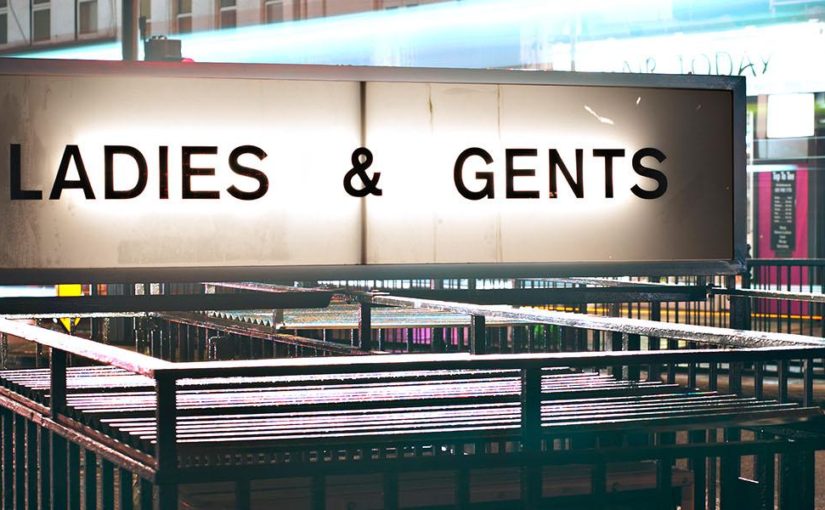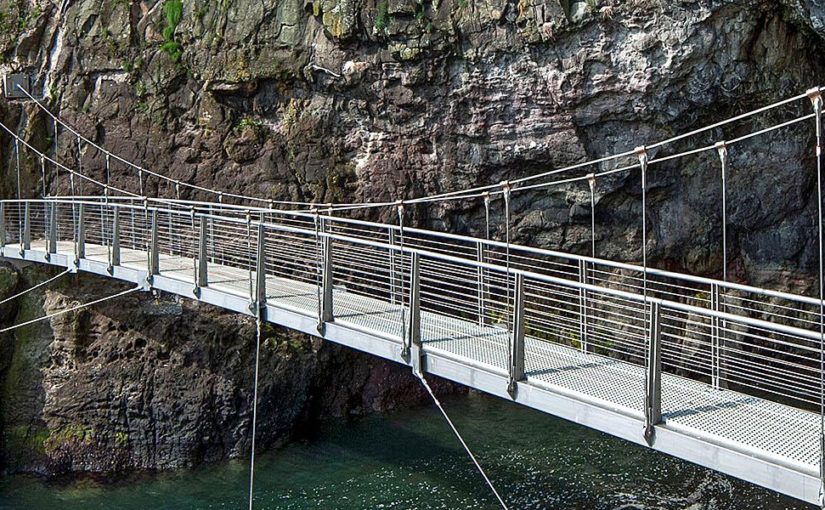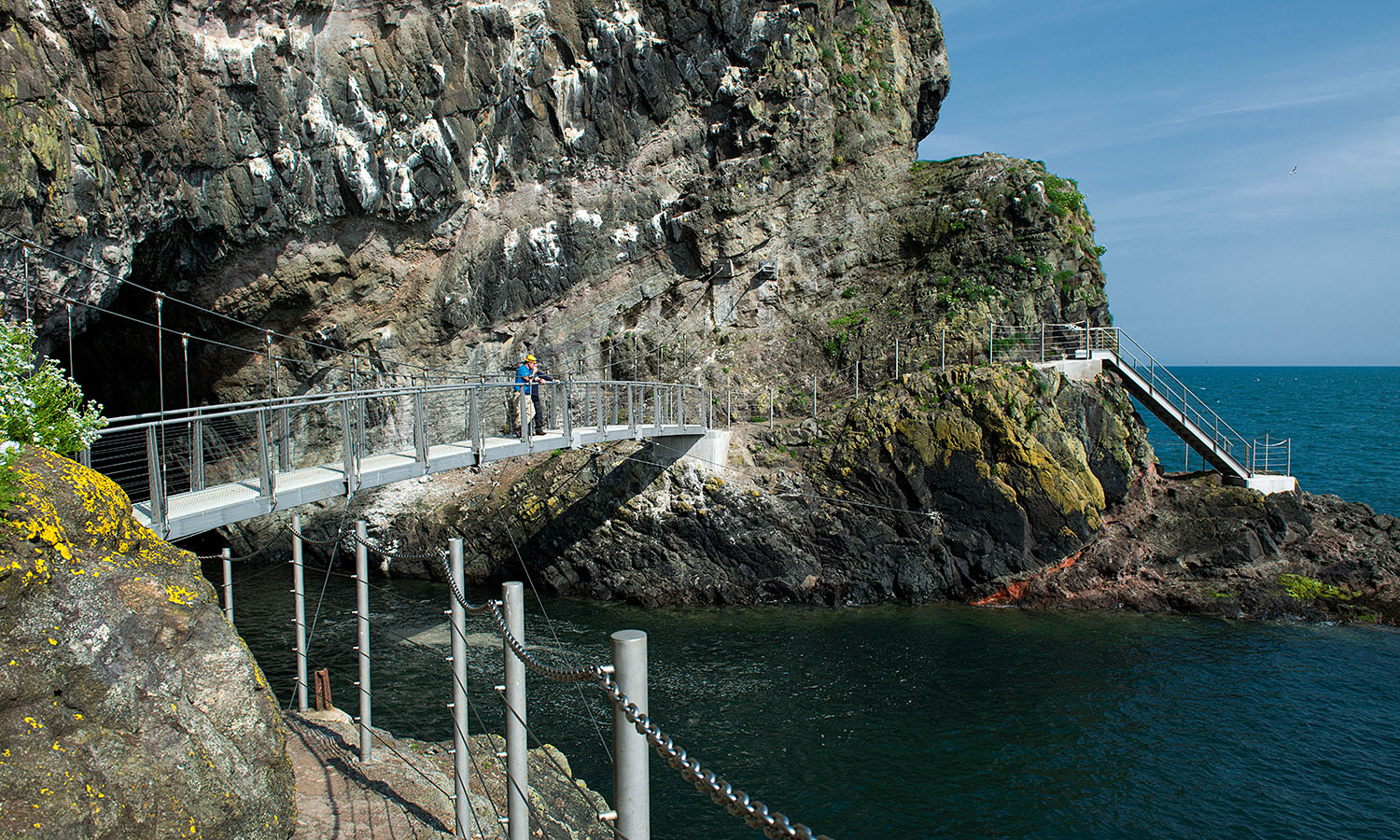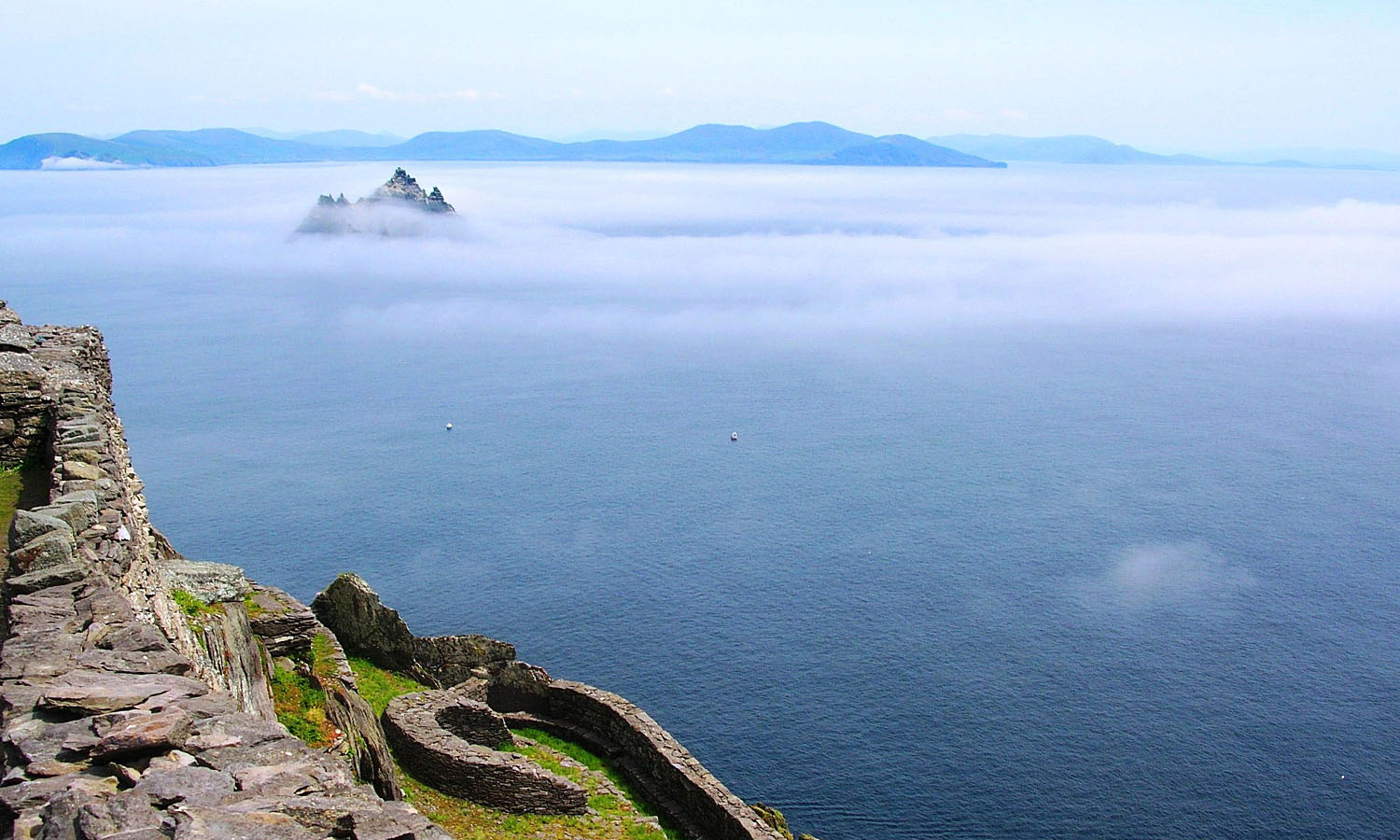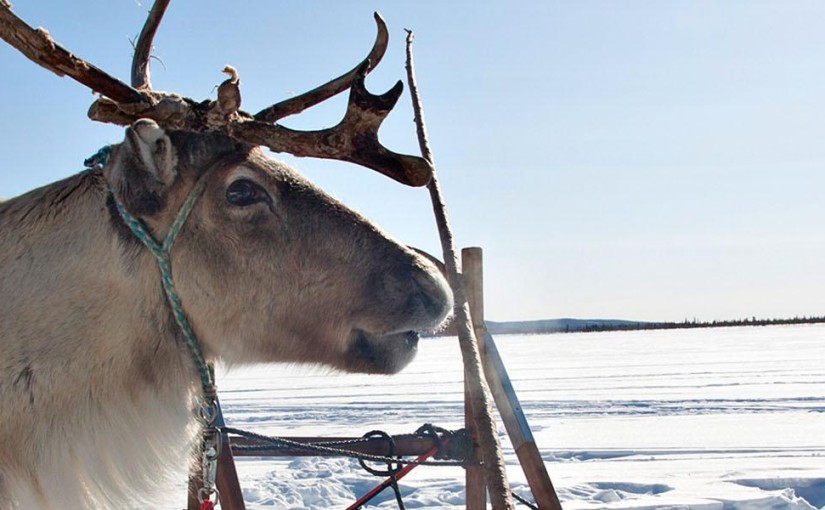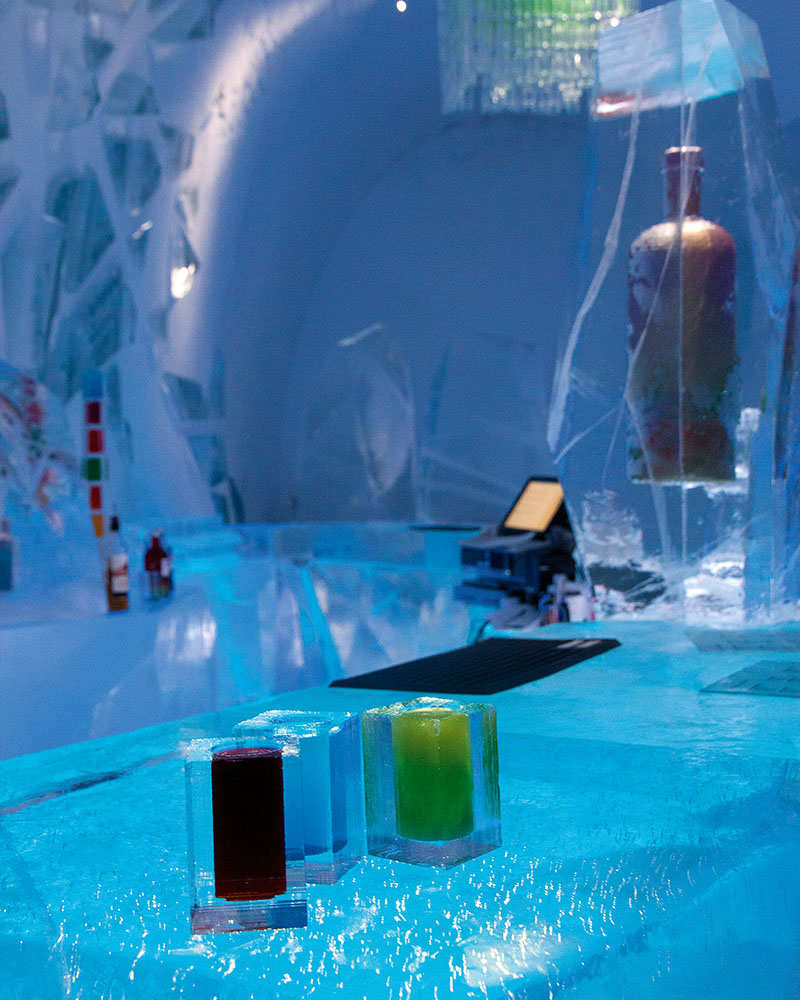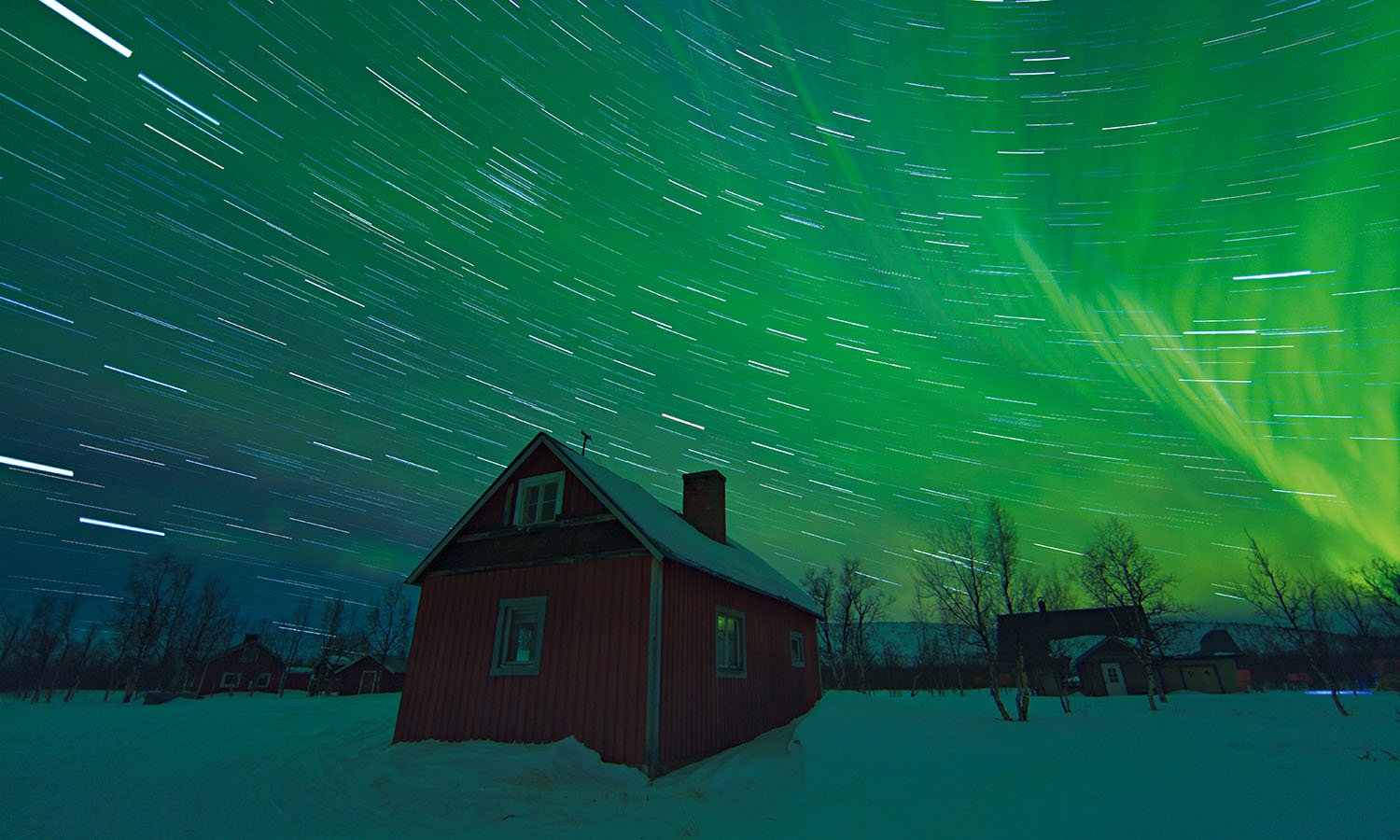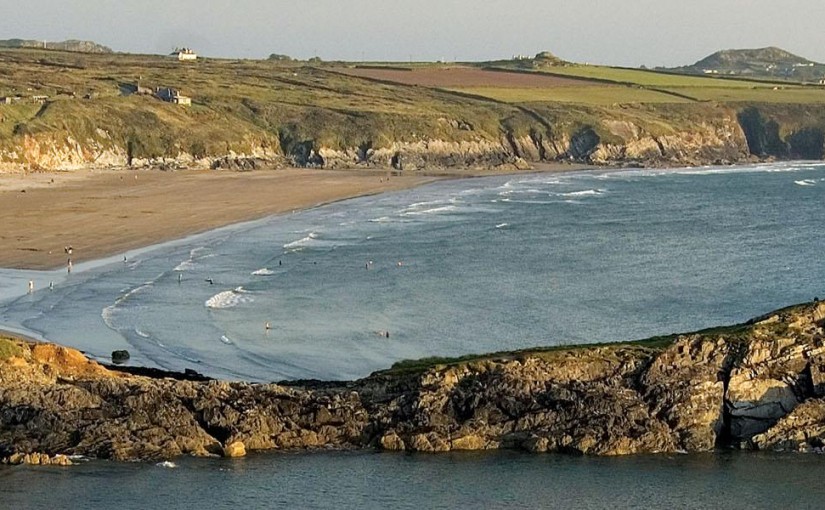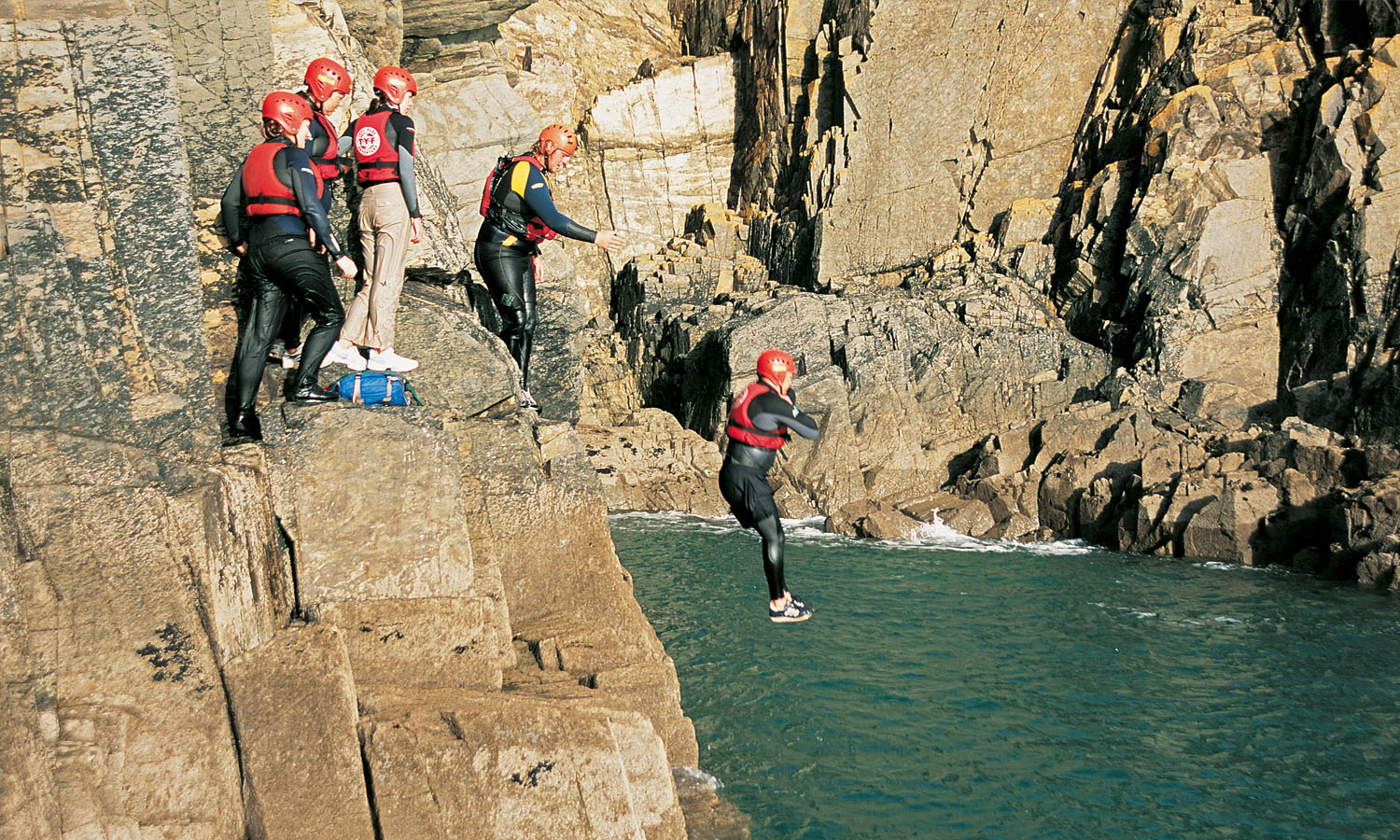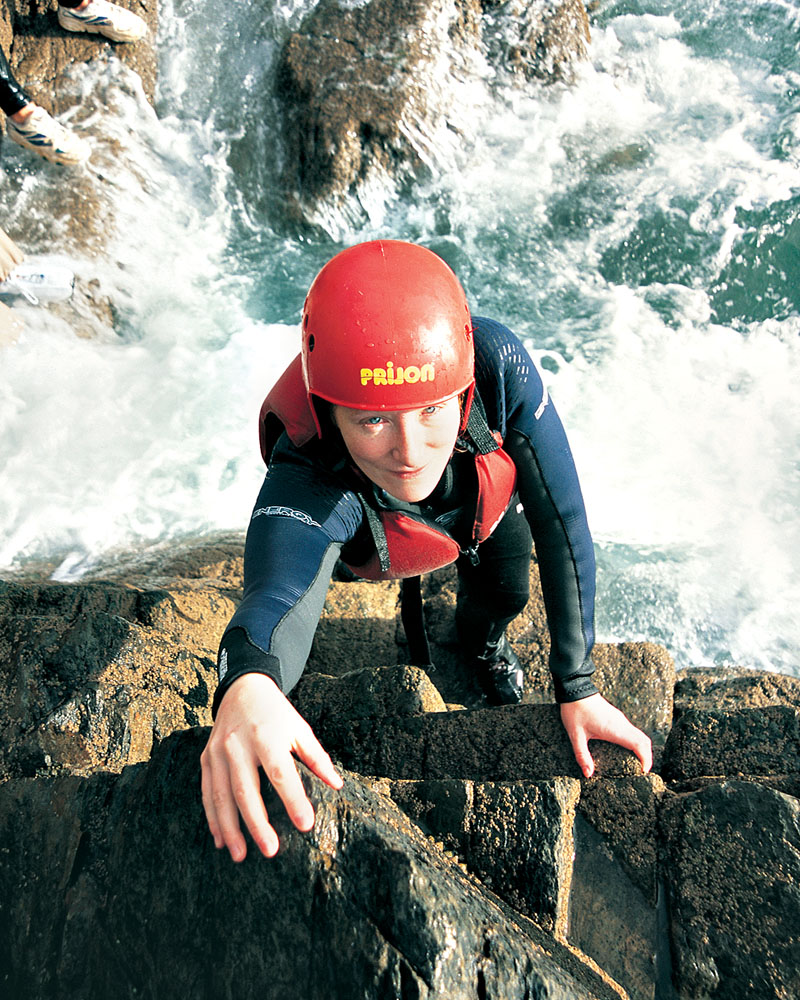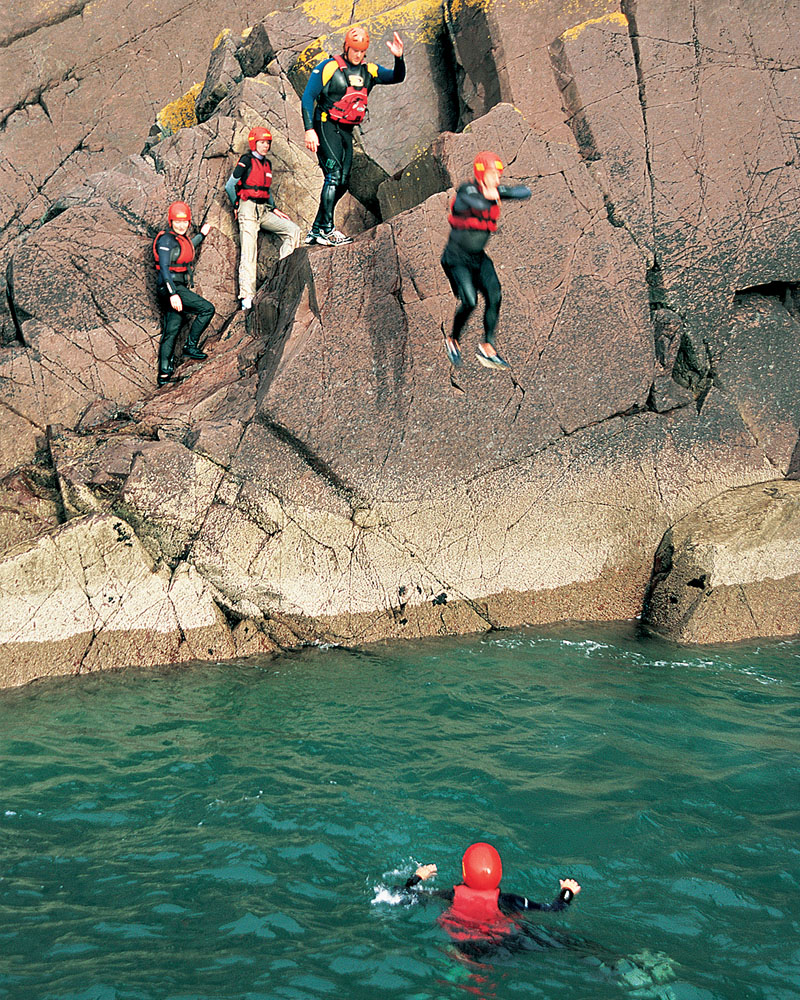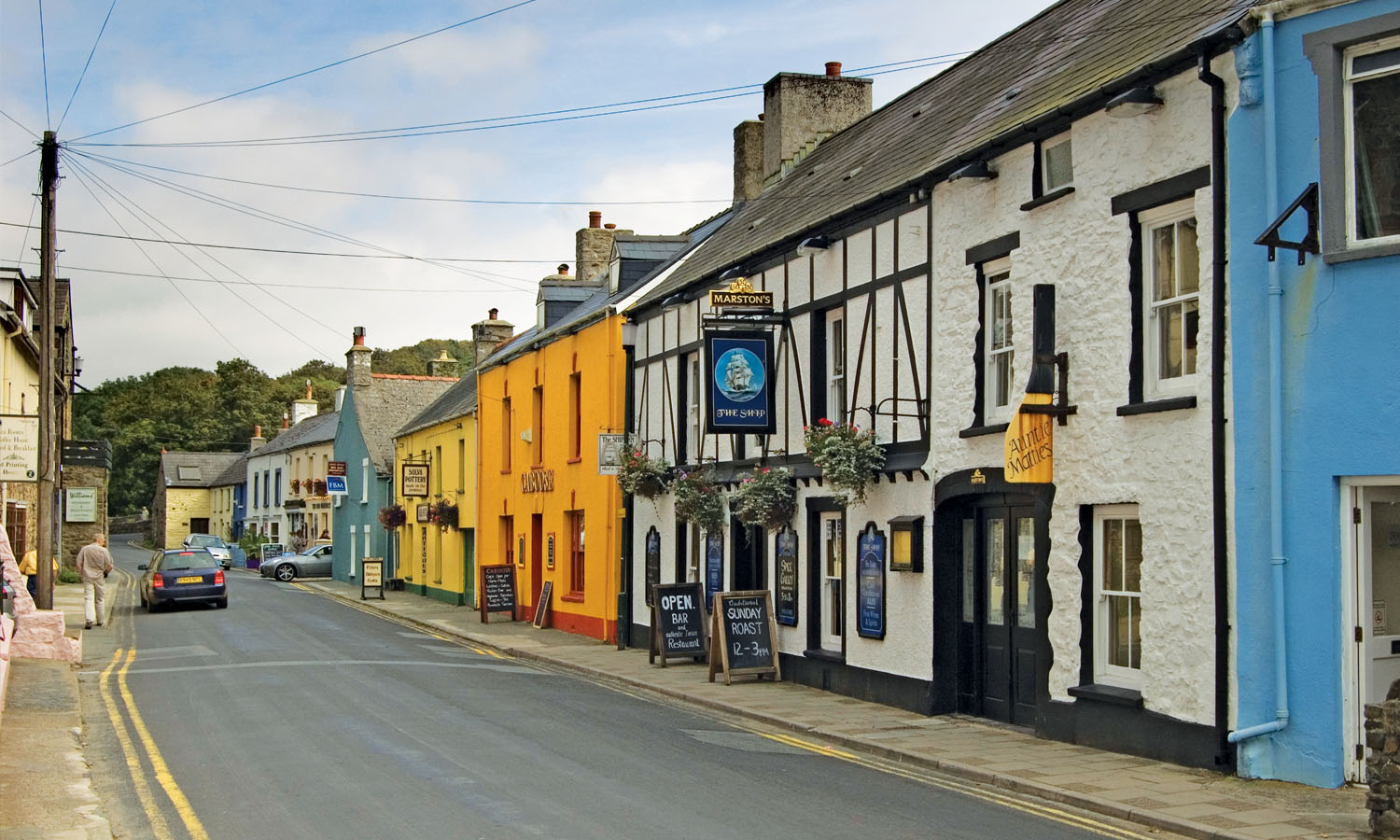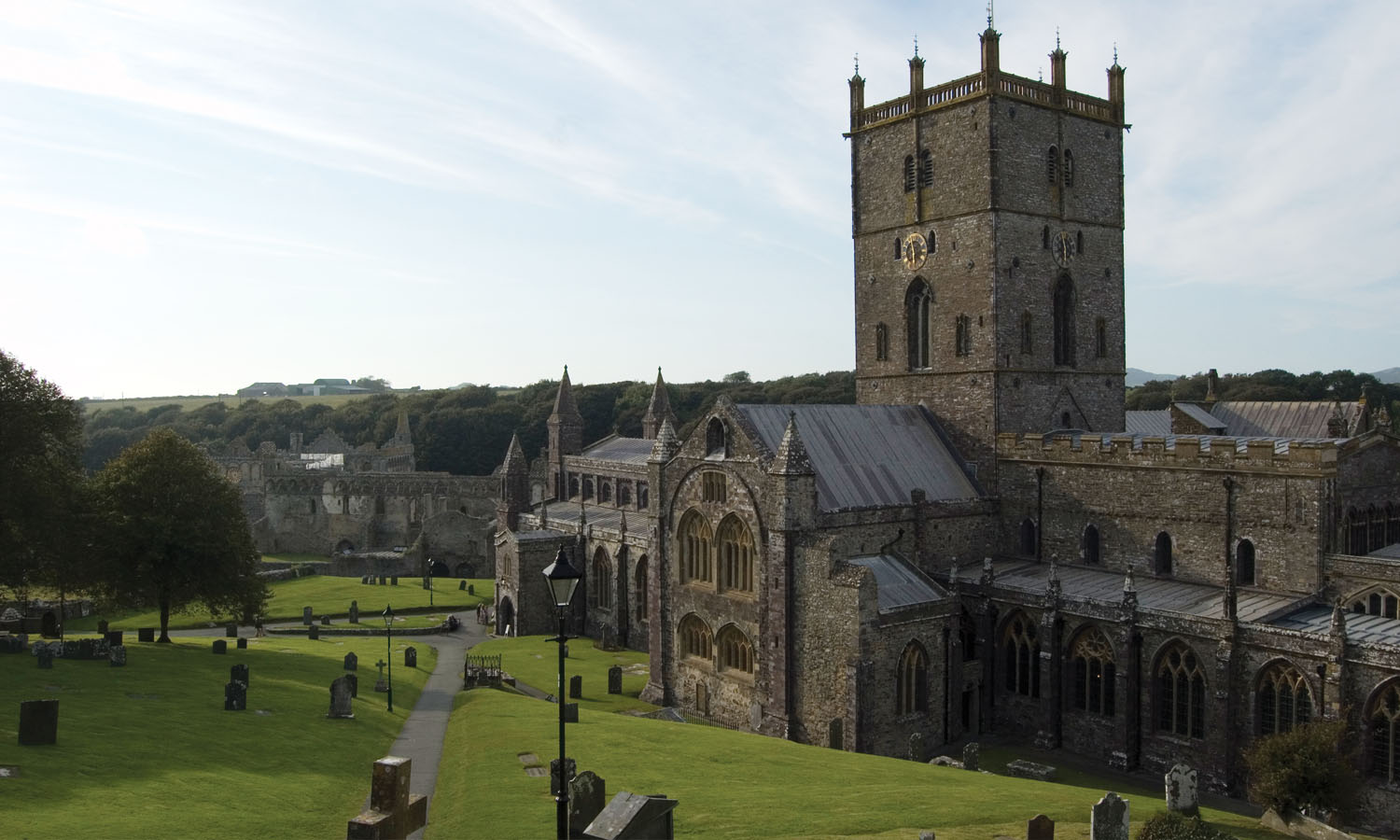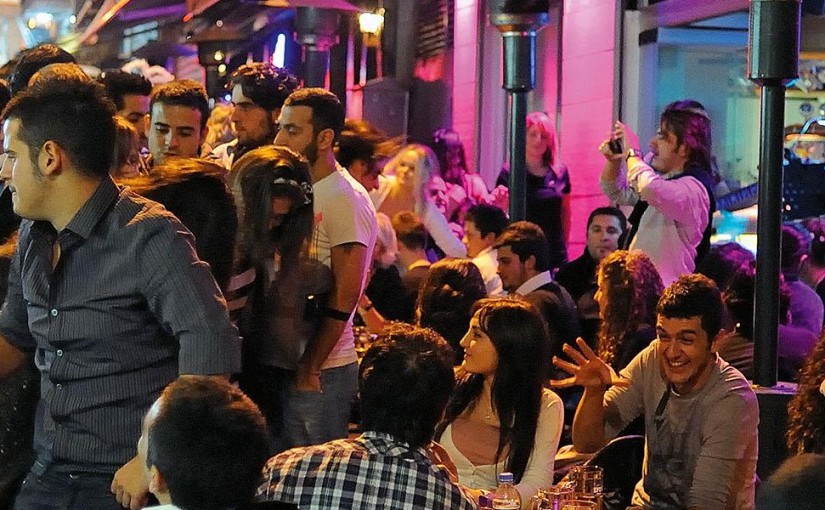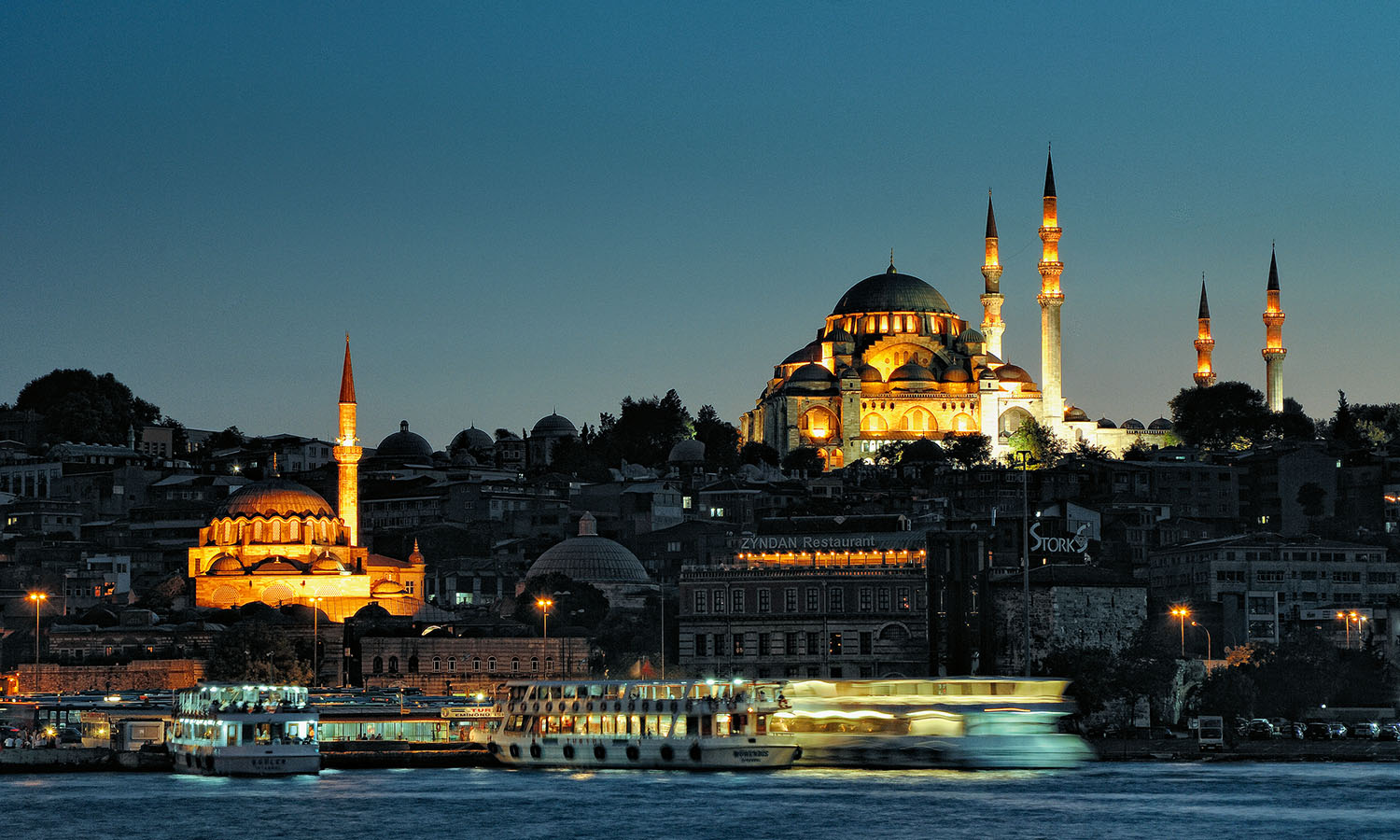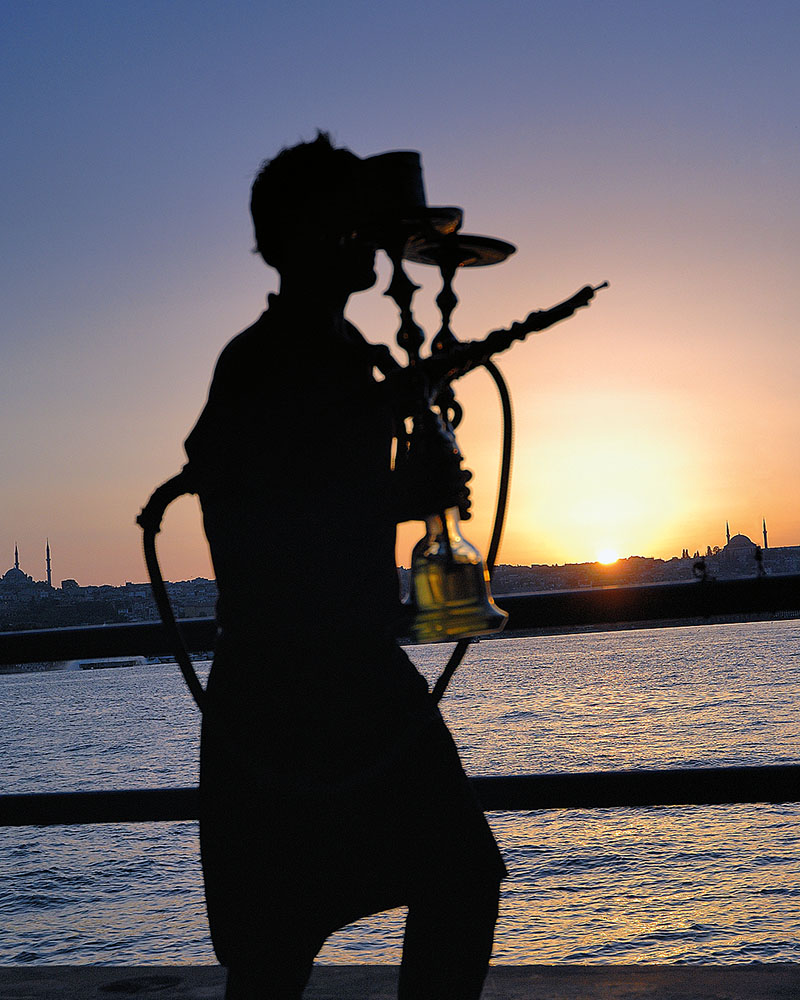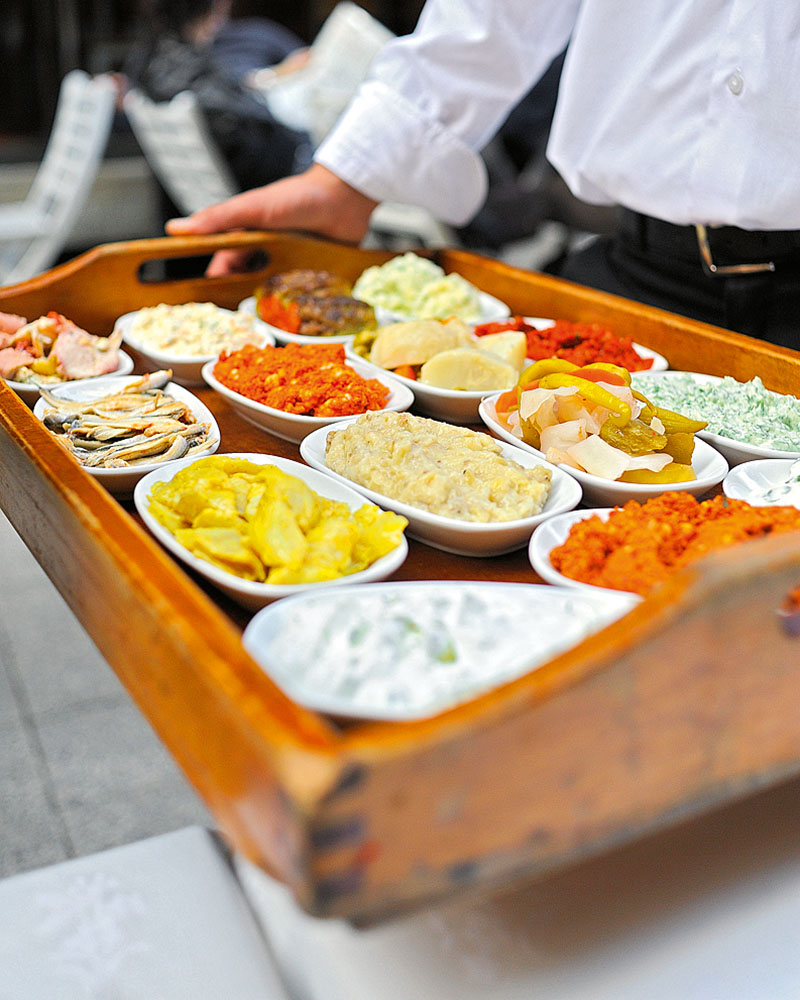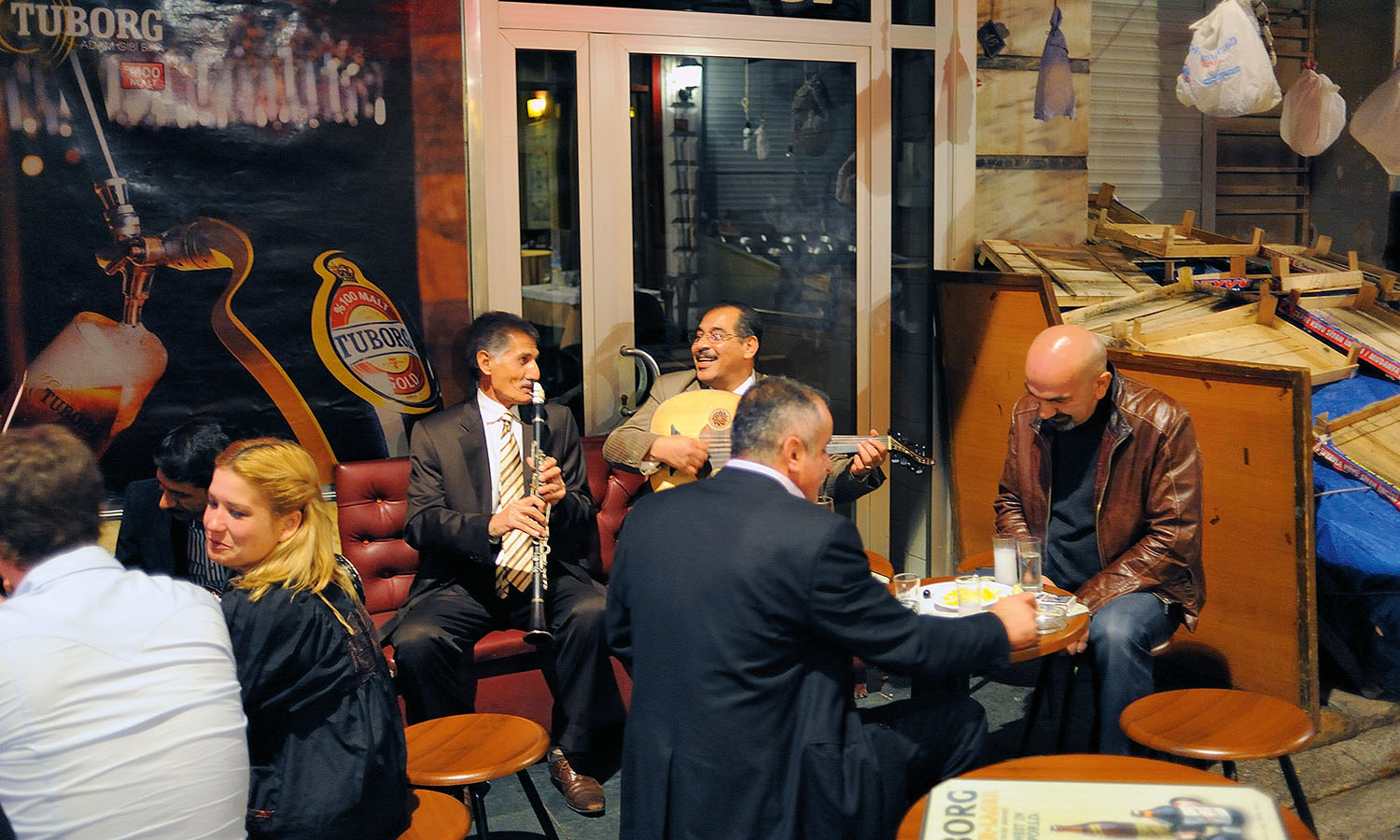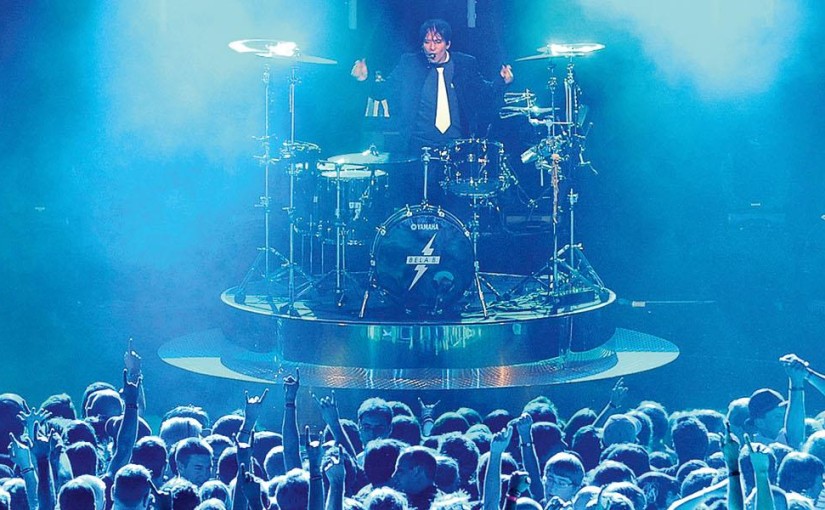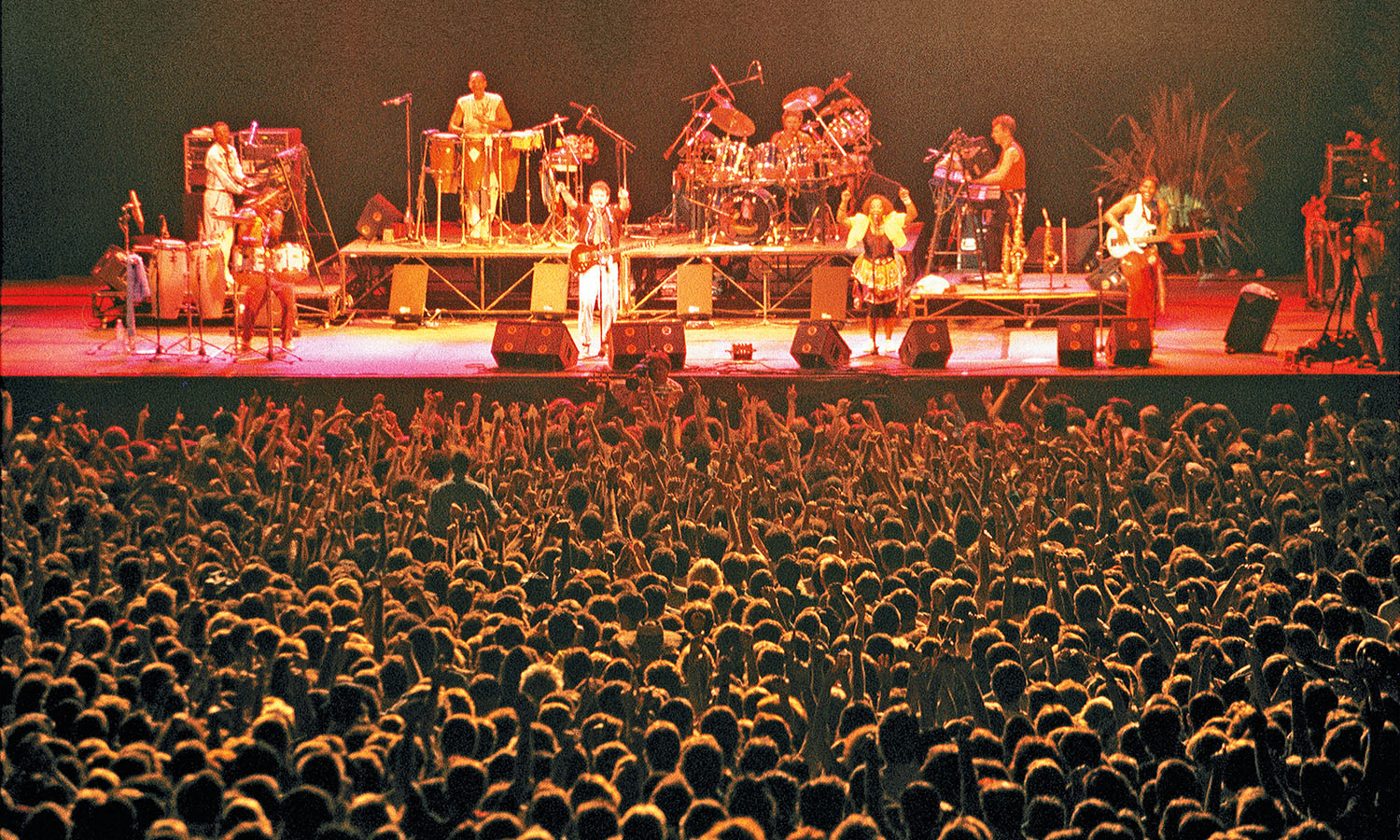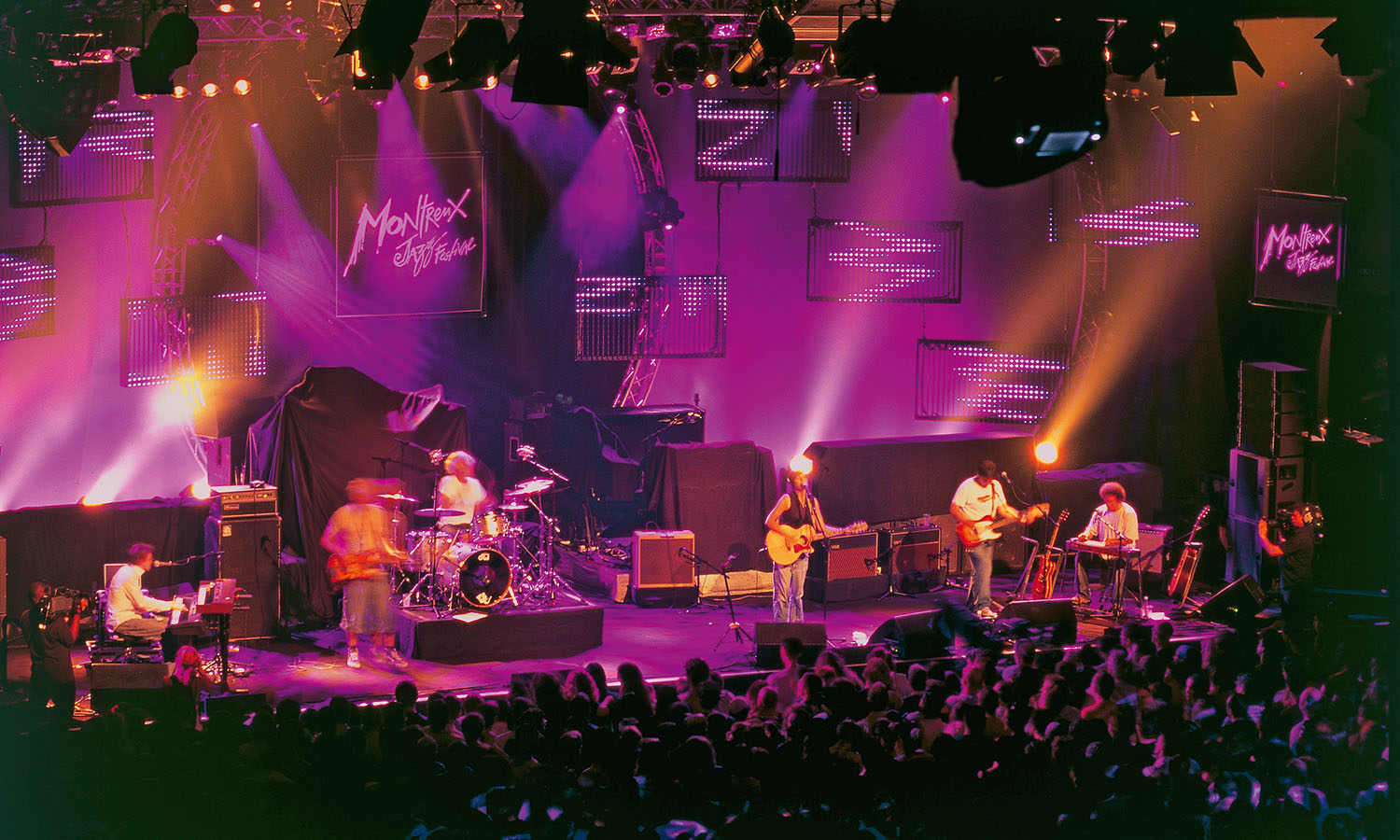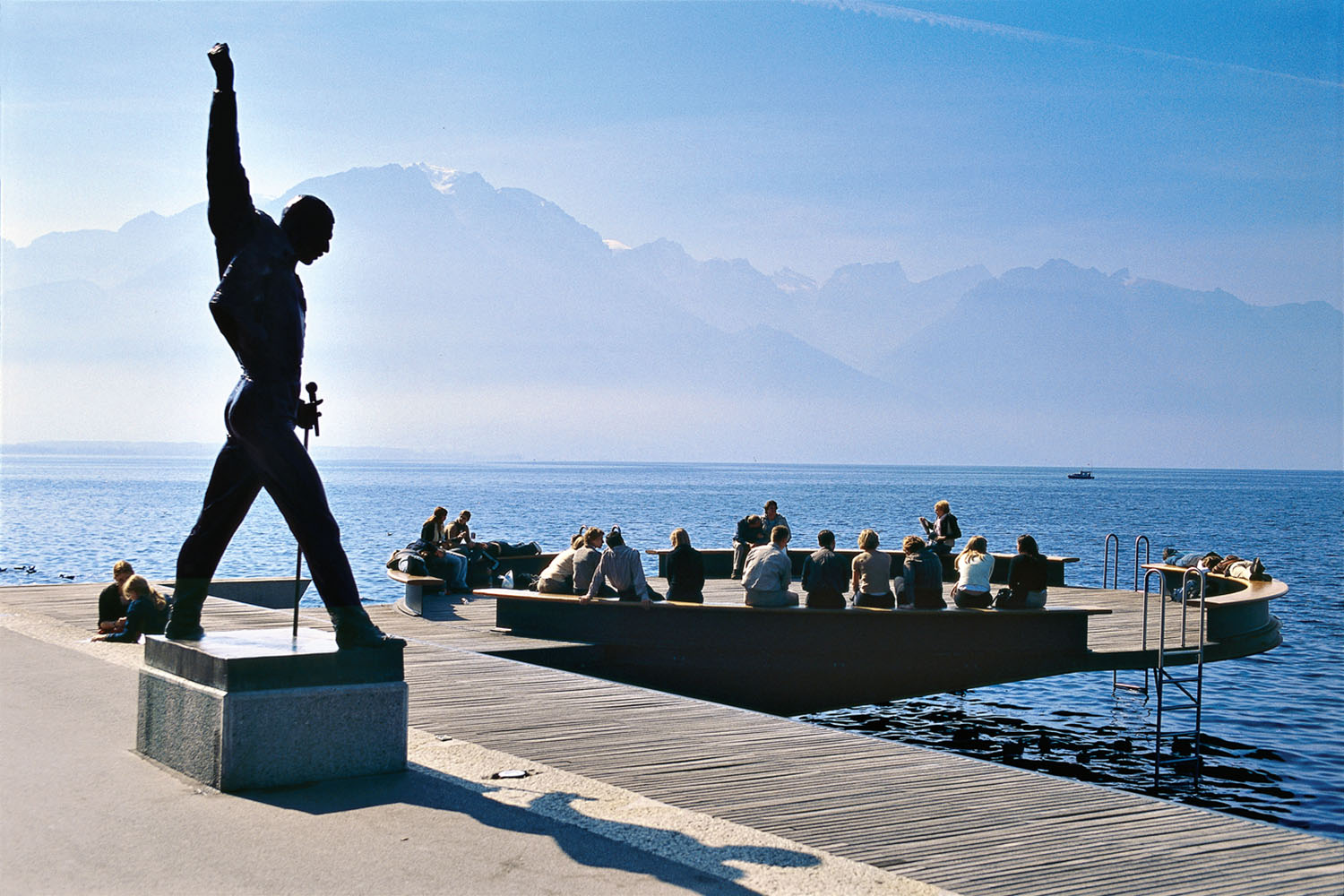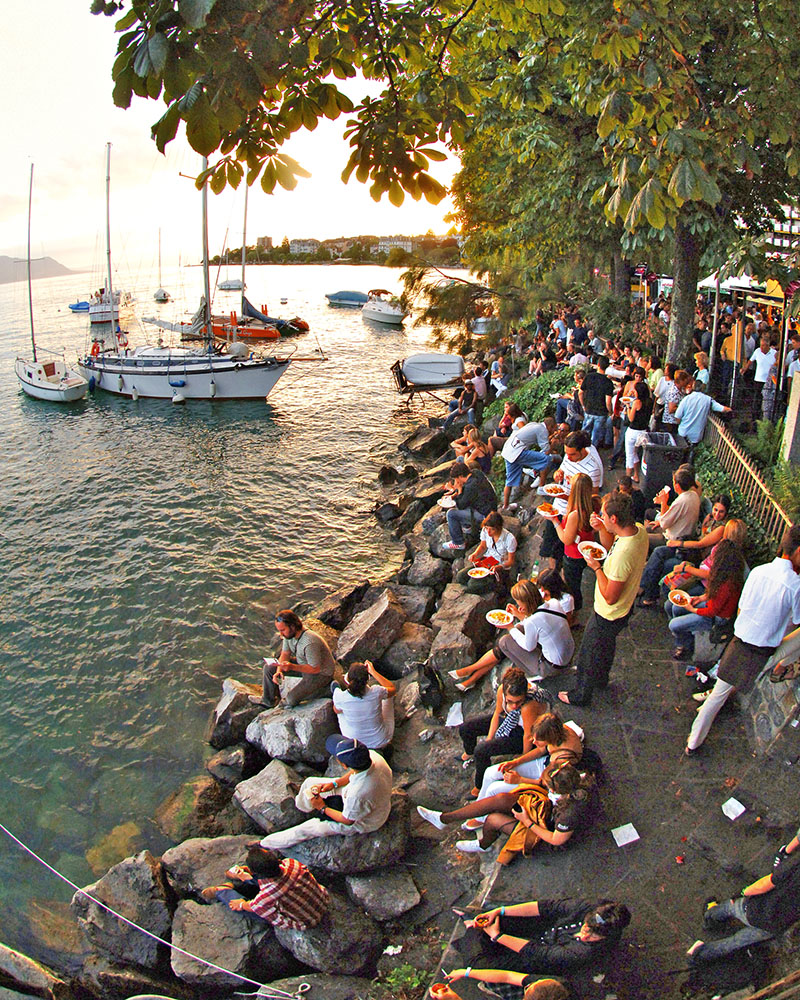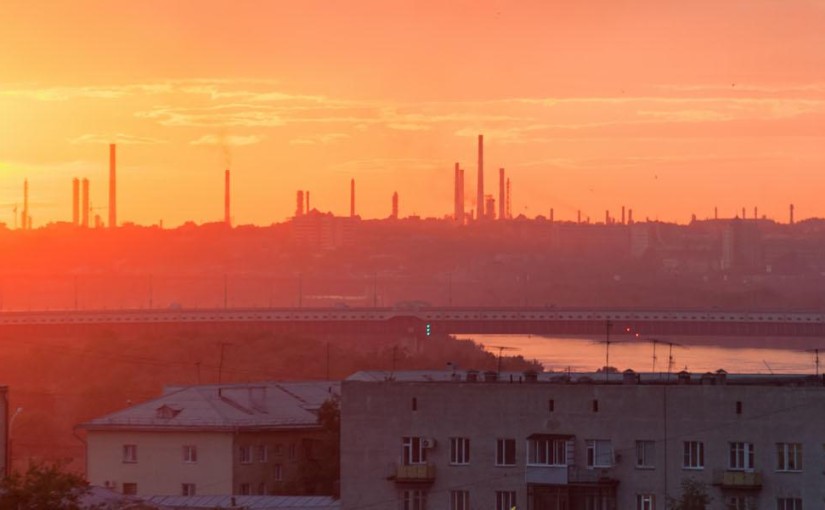The shudder of the stopping train wakes you from your sleep. It is a frosty Siberian morning and Russian border guards are rapping on the door of your compartment. There seems to be a problem.
A short walk through the cold morning air to a dingy basement storeroom reveals what the problem is. There, behind a wooden counter, is the bike you’ve been travelling with for three months. Through broken English and a Russian phrasebook you discover there is a ‘special fee’ you’ll have to pay to retrieve your bike from customs. You ask what the said ‘fee’ is and the guards shrug, talk quickly among themselves and determine it is US$50. They are struggling to conceal their smirks. From outside, you hear your train preparing to depart. You quickly pay, wheel your bike back to the train, and rattle on into Russia, pissed off: that ‘fee’ was your daily budget. At the same time, you’re happy to have your bike.
While this scenario is relatively black and white – pay the bribe or kiss your bike goodbye – many travellers find themselves in situations not so cut and dry. For travellers from western democracies, such as Australia, journeying overseas is often the first time they will be confronted by a demand to pay a bribe. But for many locals in developing countries in Asia, Africa, South America and elsewhere, bribery is part of life. For westerners travelling to those destinations, the decision whether to pay a bribe often presents an ethical dilemma.
Swati Ramanathan, founder of online Indian anti-corruption platform www.ipaidabribe.com, says there are a few key things foreign travellers should keep in mind when confronted with a bribery situation. “I think the first judgement call that one has to make as a tourist is, ‘How risky is it for me to stand up for my principles?’ Because it’s never about the $20, it’s about the principle of it.”
Ramanathan says tourists should consider the safety of the situation first. “And I think you should never compromise personal safety, because you have to live to tell the tale. I think the prudent thing to do is to get away from the situation safe and intact, but then make it public.”
ipaidabribe.com provides a platform for Indians to report on the nature, location and cost of corruption they experience. Ramanathan says creating a snapshot of bribes occurring across the country – listed by city and government department – thereby quantifying the scale of the problem, pressures governments to improve governance systems and reduce the scope for corruption. The organisation has established websites in other developing countries such as Kenya, Zimbabwe and Pakistan. Ramanathan encourages travellers to also use the sites to record any bribes paid.
The Bangalore-based social campaigner says foreigners can play a role in highlighting corruption in the countries they visit. Ramanathan says now, more than ever, ordinary people have the power to raise awareness of corruption. “If you have had an experience, then I think people need to know about it,” she says. “There’s no point in hiding it.” Ramanathan says while mainstream social media, including Facebook, Twitter and travel blogs, can play a role, www.ipaidabribe.com has the potential to actually influence authorities. “I think that is the value of our platform. You are sharing stories which are specifically to do with this kind of corruption,” she says. “Policy makers look at this, anti- corruption fighters look at this.”
Ramanathan says there are, however, times when tourists should think about making a point. She says in situations that are simply annoying, rather than dangerous, foreign travellers should consider standing up for their principles and letting corrupt officials know they are not happy with the situation. However, she cautions tourists to remember it is more often the system, rather than the individual, which is inherently corrupt.
Melbourne-based social entrepreneur Lisa Zheng says as visitors to foreign countries, travellers are often not aware of the complexities behind particular bribery situations. Having grown up in China, and as founder of Australian not-for-profit Hand Up Australia – which runs cultural exchanges for students to developing countries including Ghana, Kenya, Ecuador and Nicaragua – Zheng has firsthand experience of bribery in developing countries.
“For example, when I was travelling in Sri Lanka last year with my husband and parents-in-law, we were asked to pay a bribe by traffic police who stopped our vehicle and told our driver we were going over the speed limit,” Zheng says. “The penalty was either for our driver to go to the police station and pick up an official fine or to pay a ‘small fine’ to the cops there and then, and be on our way – the price was 500 rupees [AU$4]. The driver paid the police off and we continued on, with the understanding we would pay the driver later.” While the situation annoyed her, an explanation by her driver made Zheng realise how complex the situation is for many locals in developing countries.
“The thing with driving in Sri Lanka is the infrastructure has largely not been upgraded since the 25-year civil war ended in 2009, so following the road laws means you would not get anywhere. Breaking the law is a necessity to get efficiency, so the norm is to pay bribes. I was annoyed by this obscure norm that people with power have created to get money off civilians, but when I asked why do the policemen do this, I was told that they get paid very little so they use a broken system as an excuse to extract money.”
Having lived in China and travelled to many developing countries, Zheng admits she would probably pay a bribe if it ensured her safety and sanity. “Often it’s petty, driven by inequality in a political or social system, so I think it serves everyone to do what you have to do and move on,” she says.
But Zheng’s advice for tourists is to deal with each situation on its own merits. “The strongest emotion for me from these situations is that I am thankful I live in a country with a robust and equitable public system,” she says.
In the end it often boils down to a simple question: how much do you value your bike?
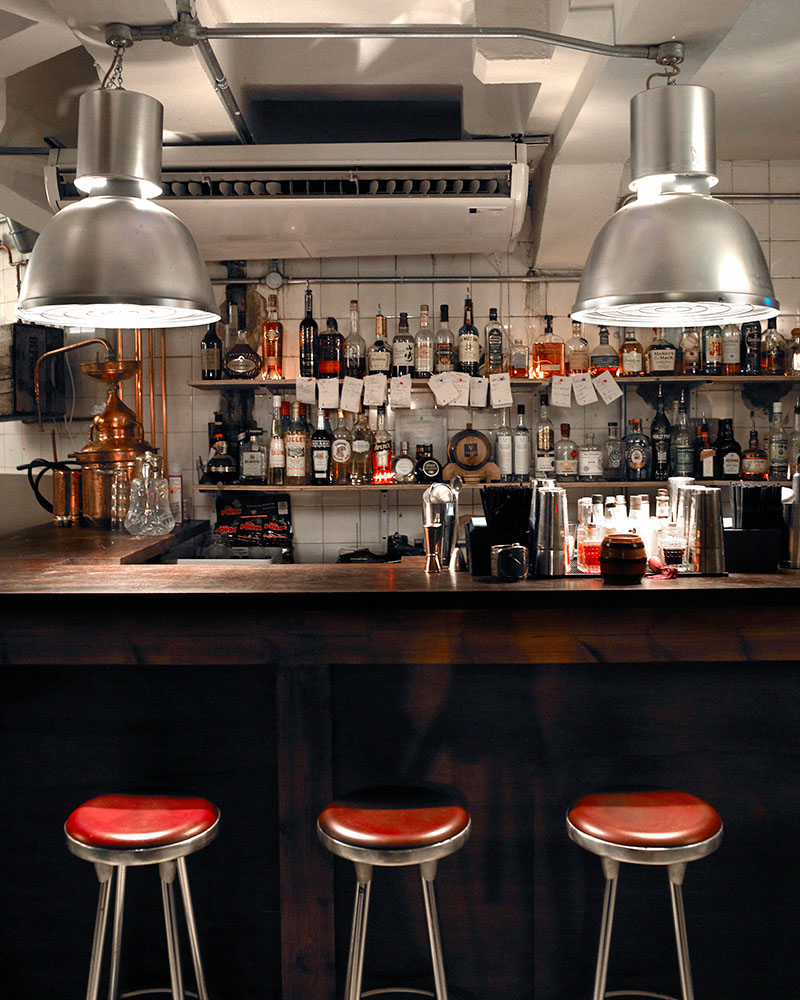

 (
(
